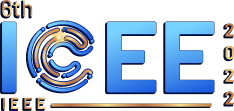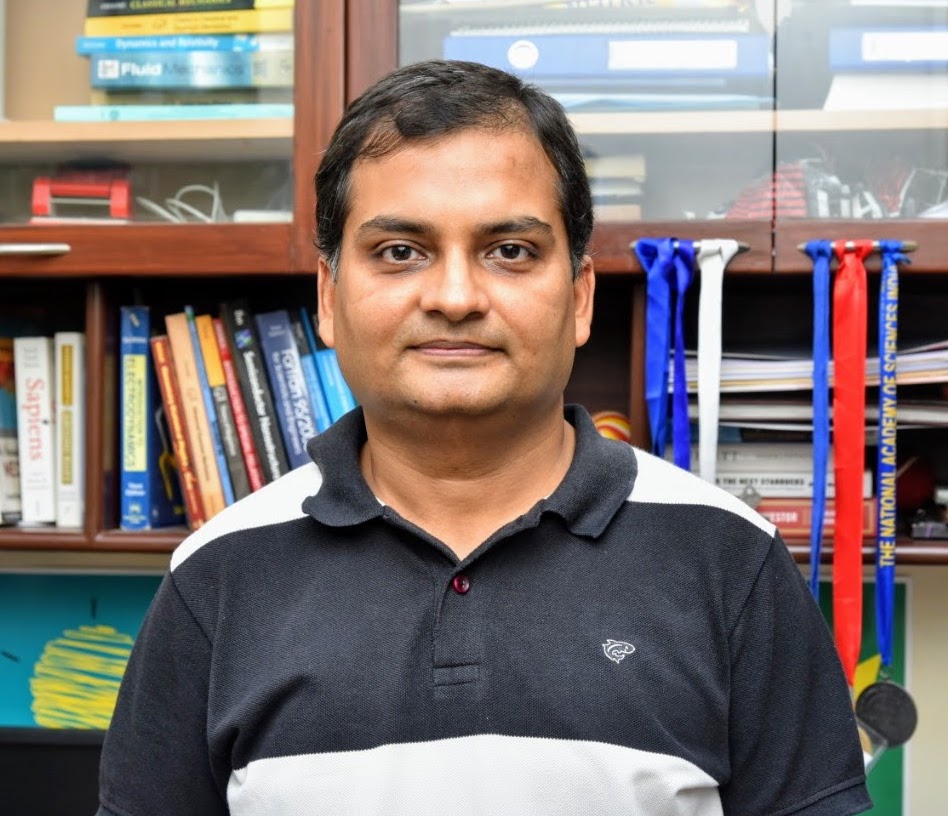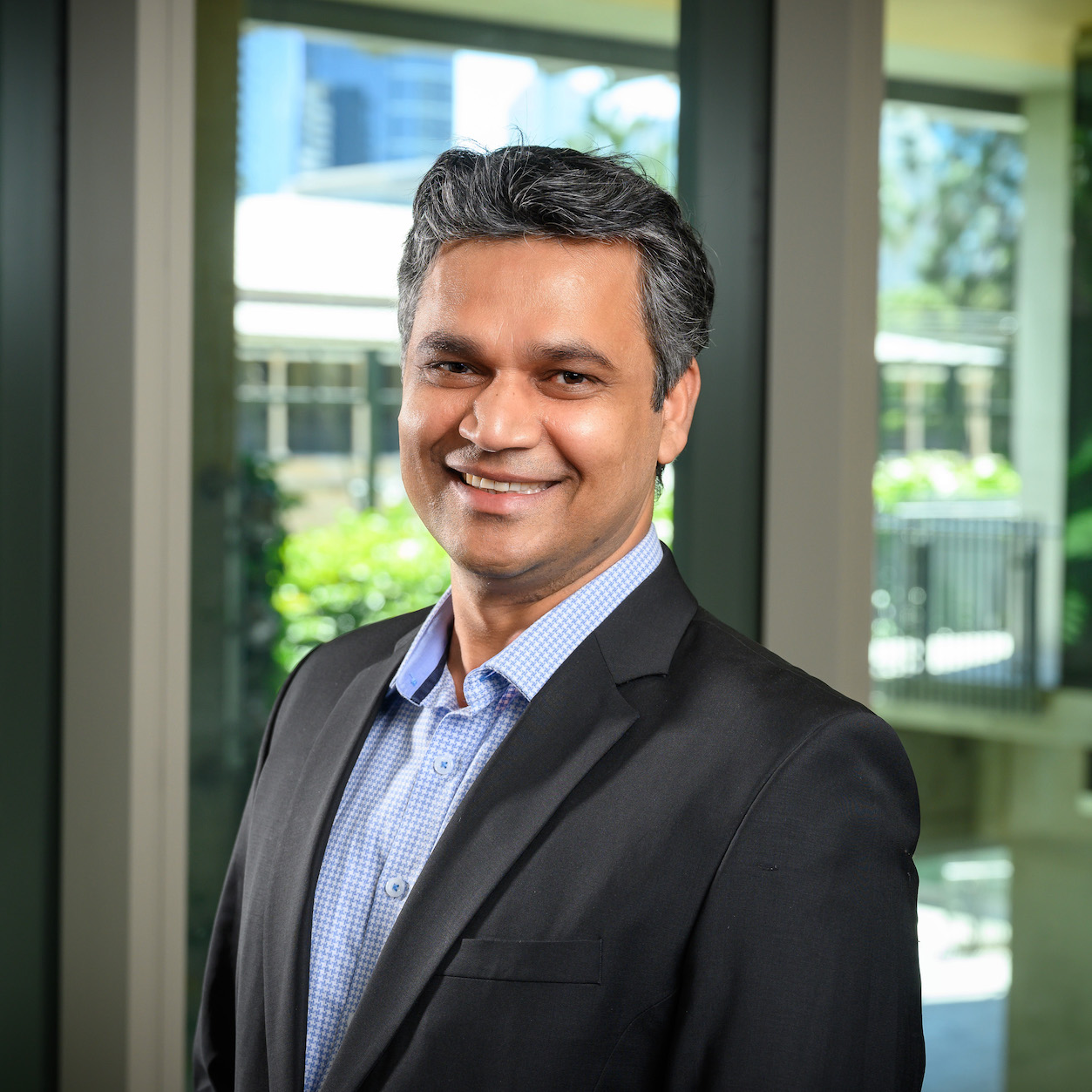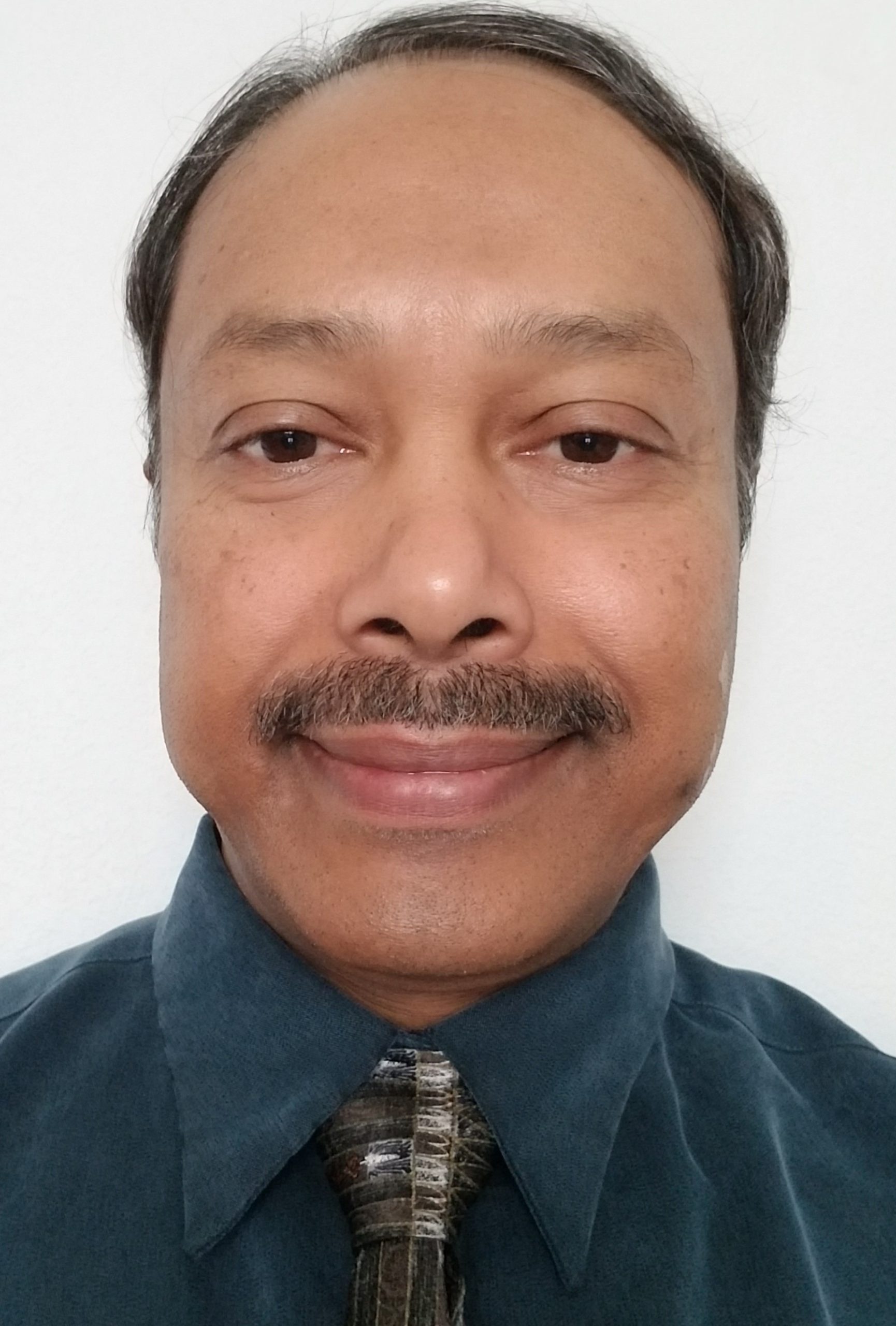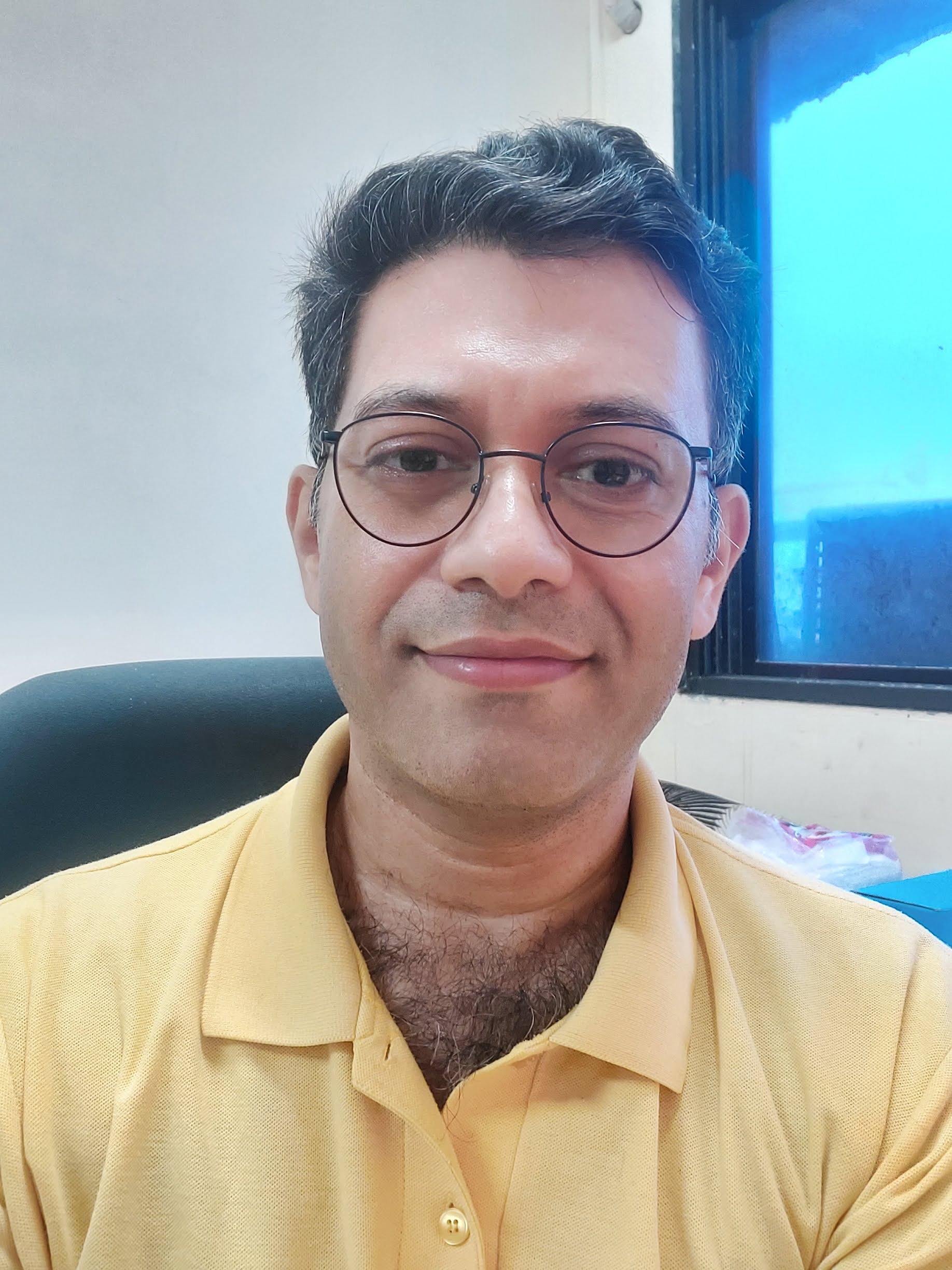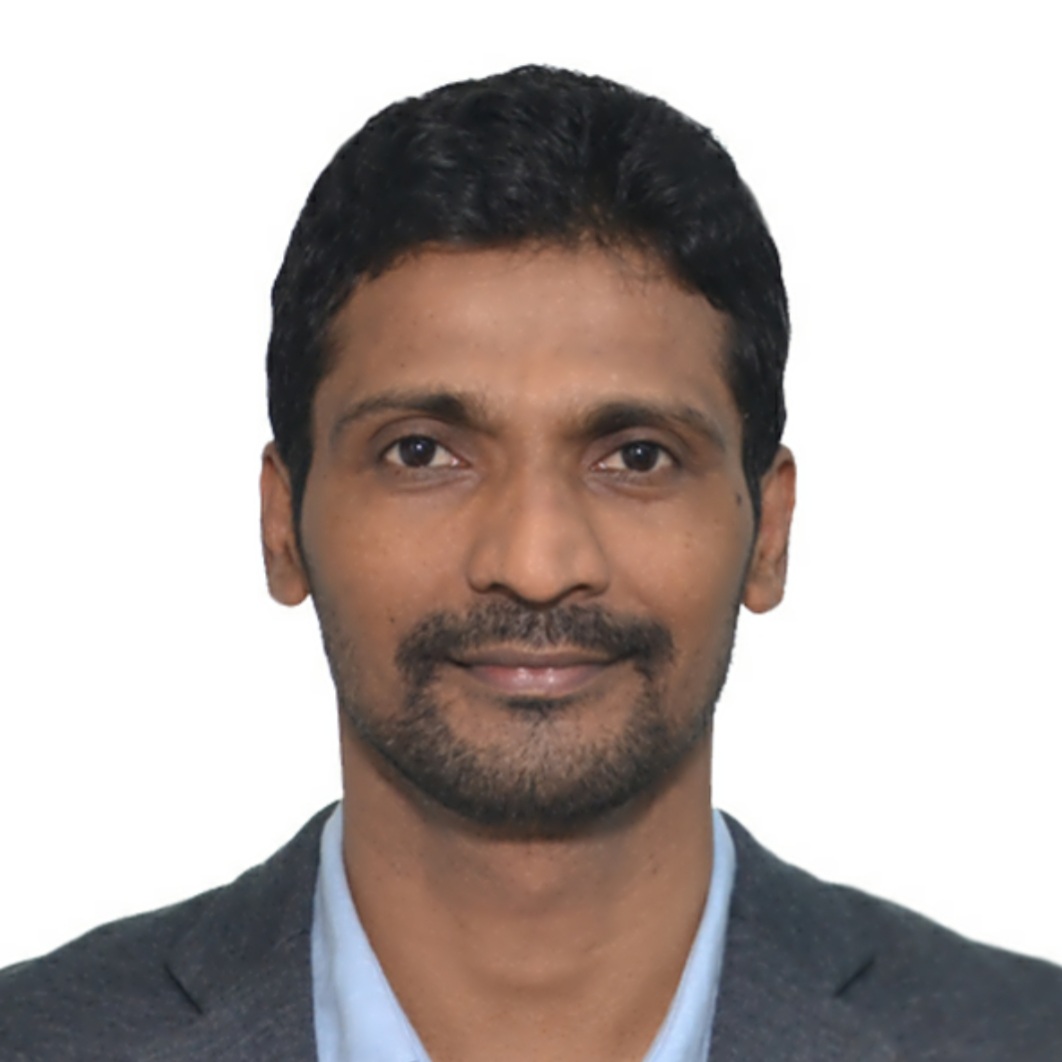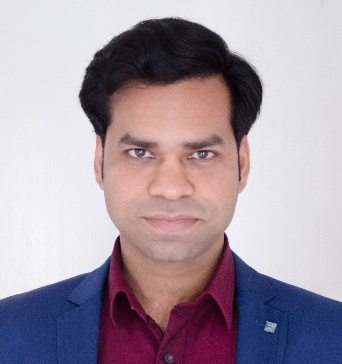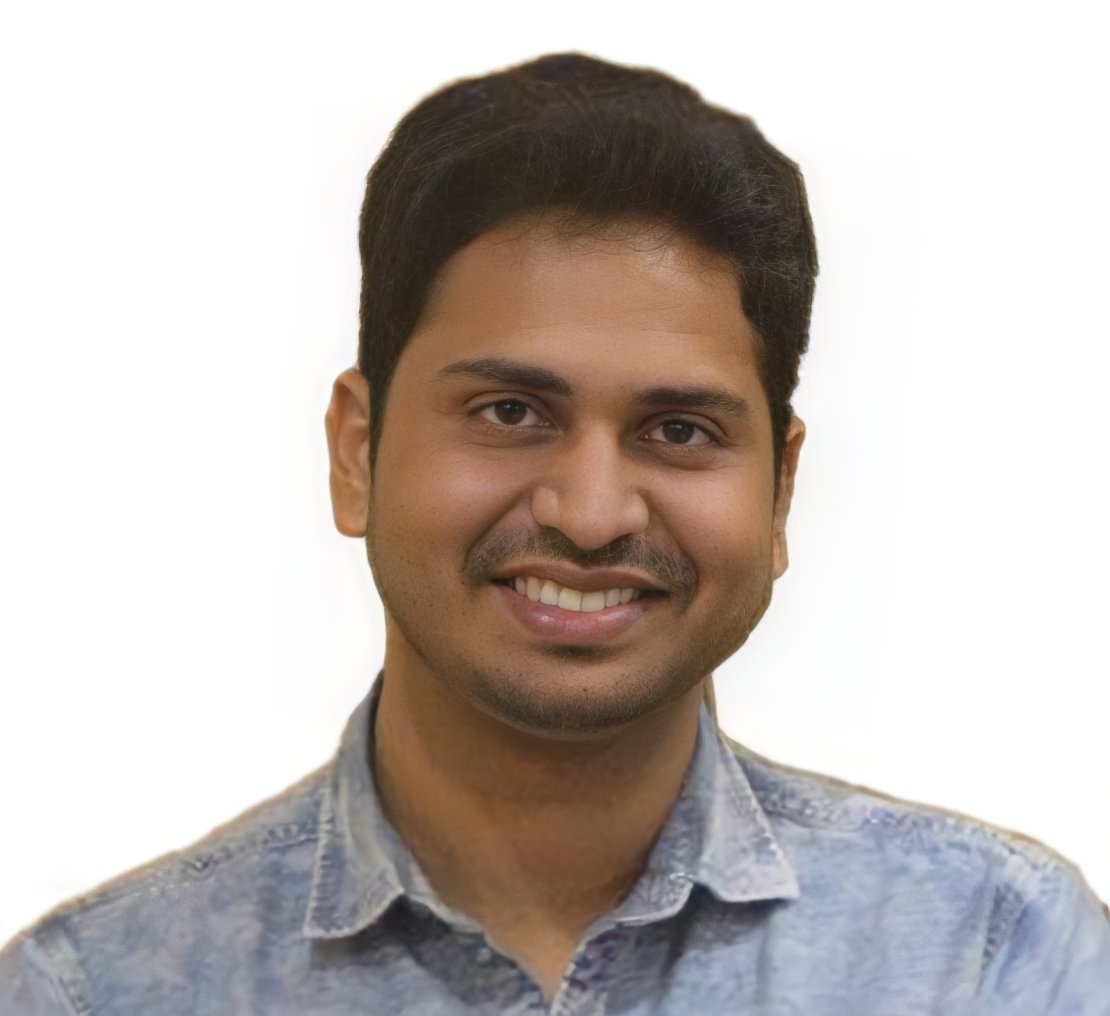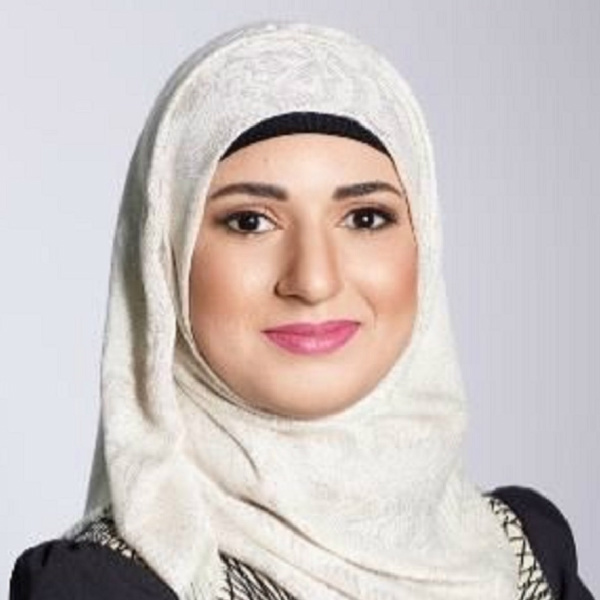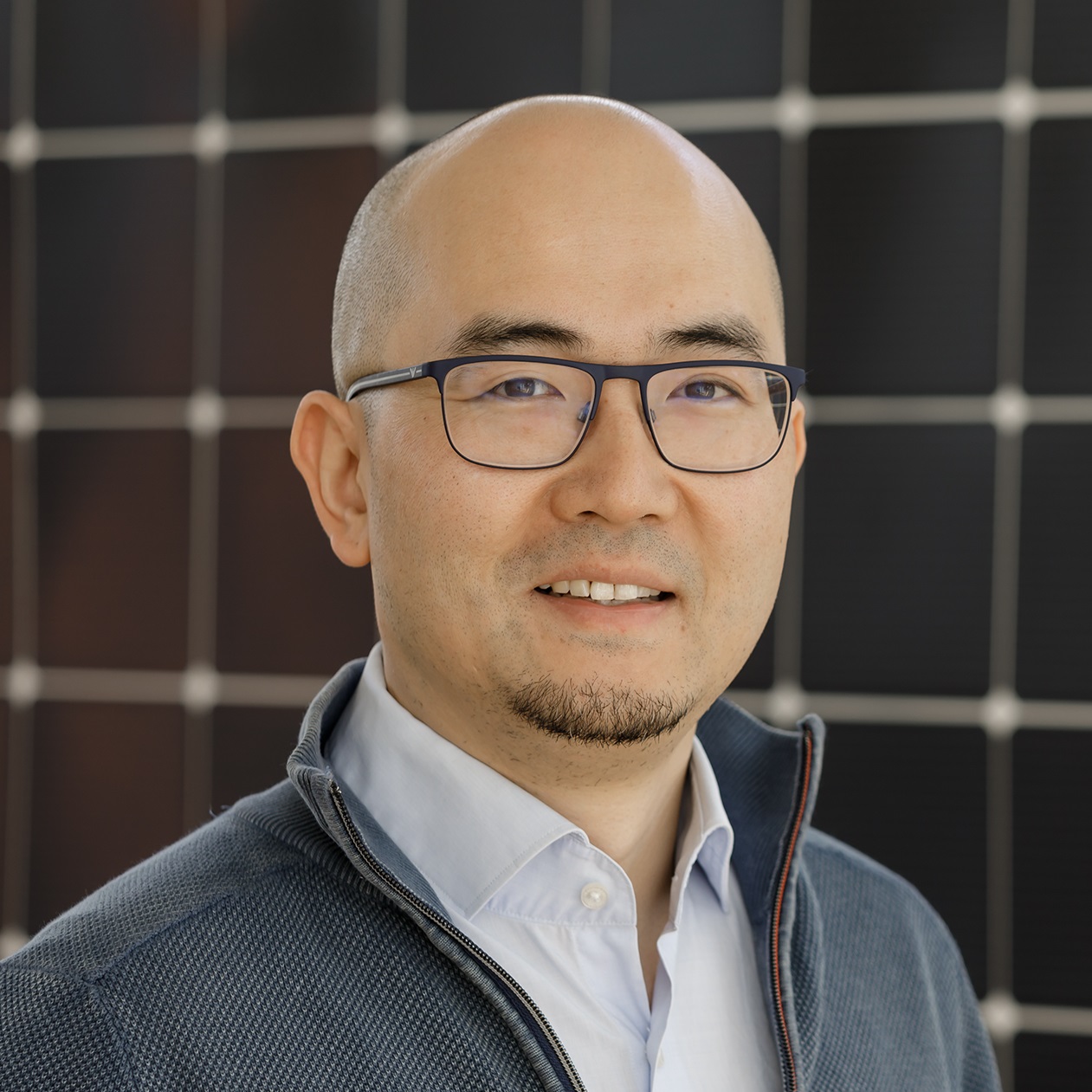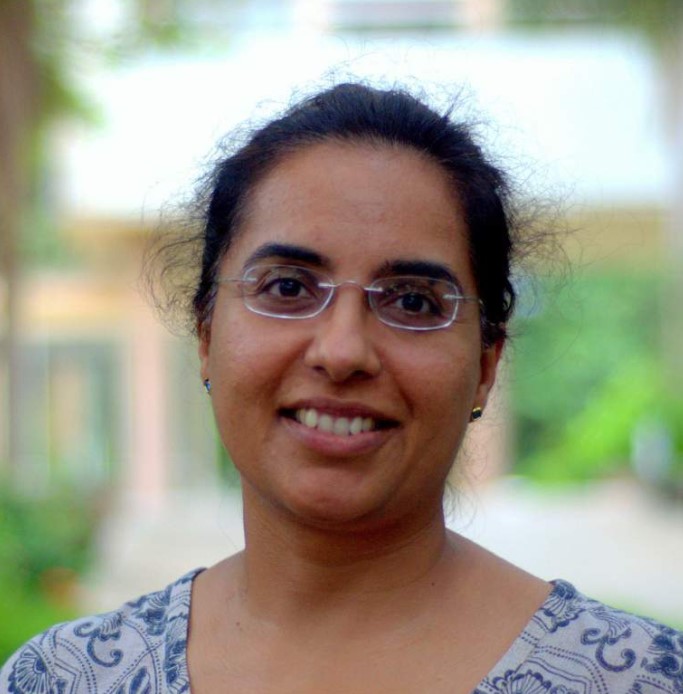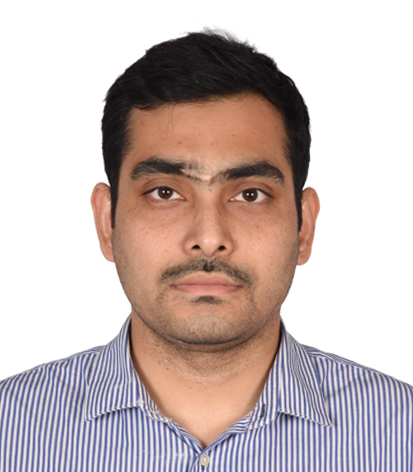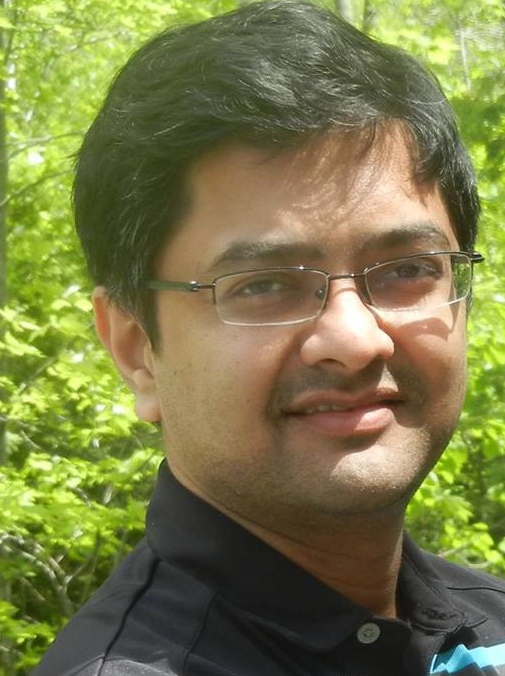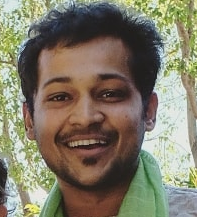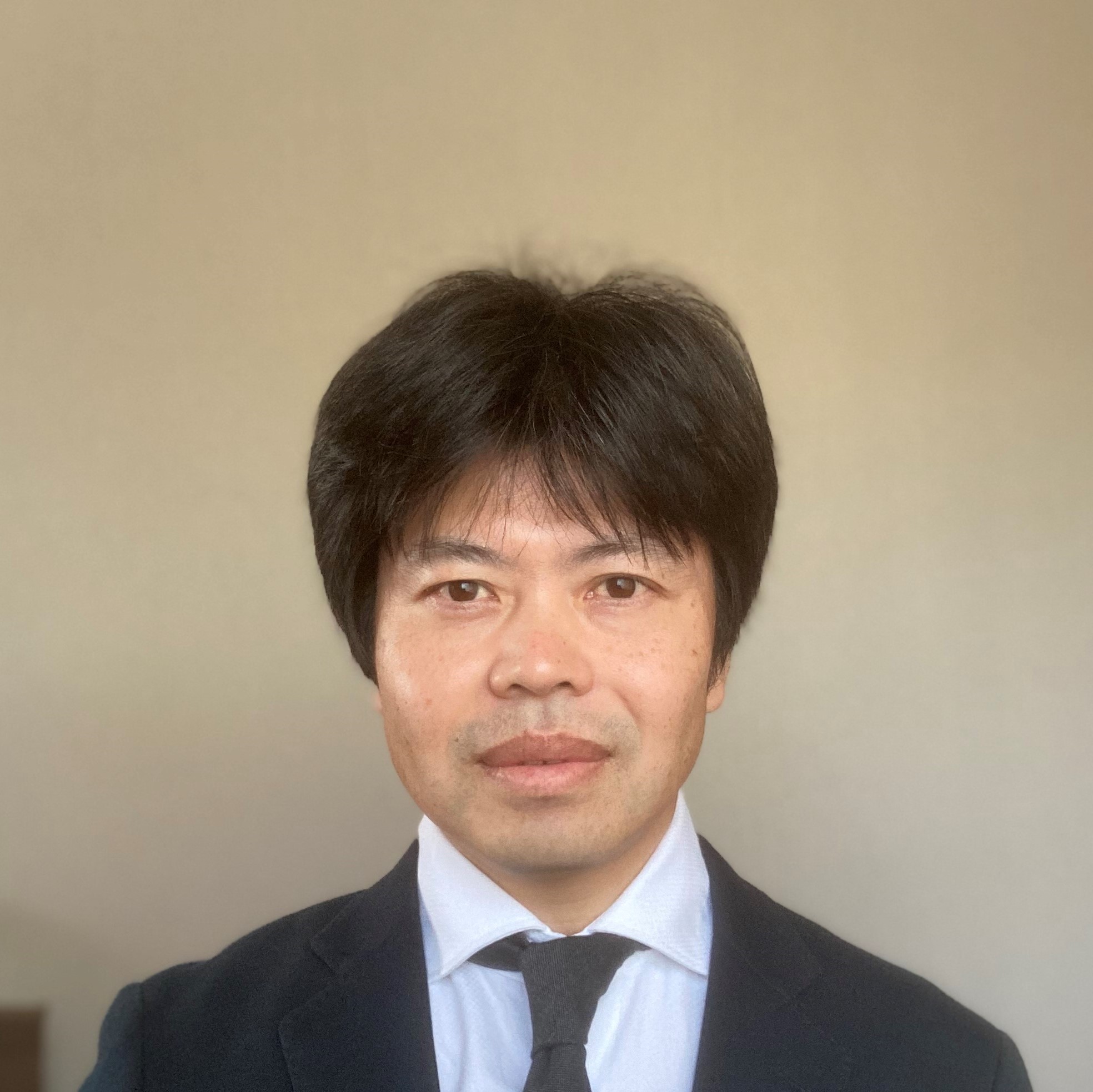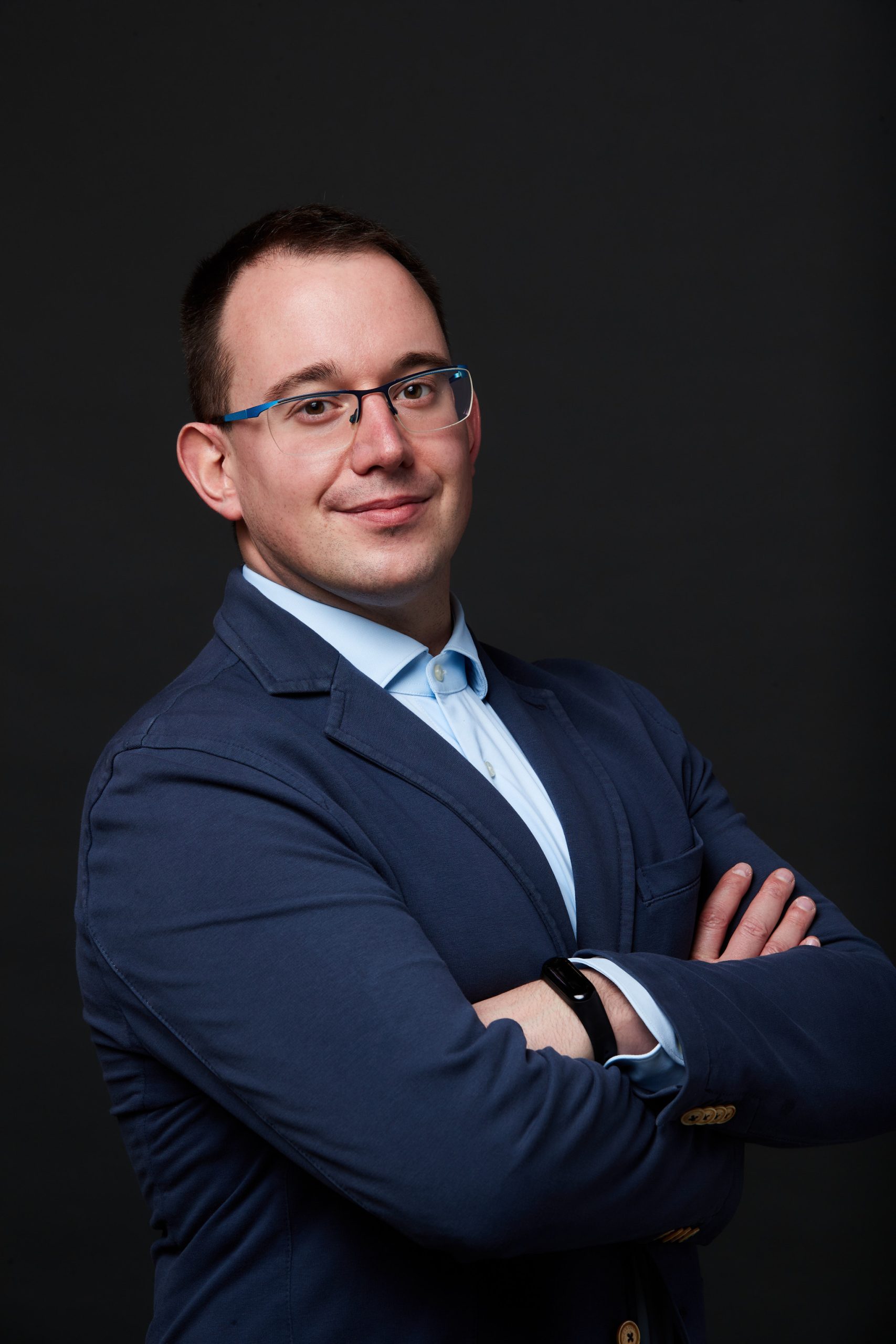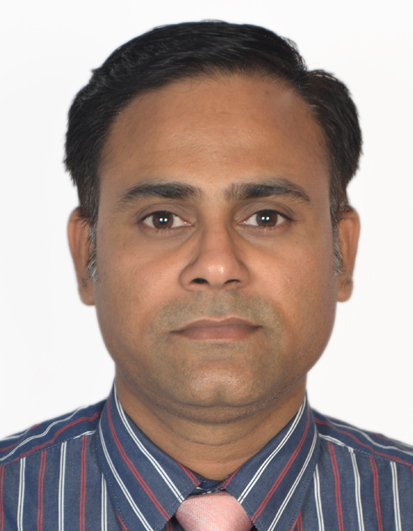Demo Slot Practical Play
Ücretsiz Demo Oyna $1000+’lık Slot Bonus
Content
- Sweet Bonanza Bonus
- Sweet Paz Eğlence Modu: Demo İçgörüler Ve Oynanış
- Sweet Bonanza Oyna
- Sweet Bonanza Slotu – En Iyi Çevrimiçi Oyun, Neden?
- Sweet Bonanza Deneme: Kazanma Stratejileri
- Slotta Dili Rusça Ve Em Virtude De Birimini Ruble Olarak Değiştirebilir Miyim?
- Sweet Bonanza Position İncelemesi
- Demo Modunda Oynama Deneyimi:
- Sweet Bonanza Slotunda Maksimum Ödeme Nelerdir?
- Sweet Bonanza Trial Pragmatic Play: Ücretsiz Oyun Avantajları
- Sabit Bahis
- Oyun Ücretsiz Nasıl Oynanır / Kontroller
- Sweet Bonanza Slot Machine Demo Oyunu
- Oyunu Demo Modunda Denemek Için Harika Bir Fırsat:
- Sweet Bonanza’yı Sorumlu Oynama
- Sweet Bonanza Oyununun Özü Nedir? 🍒
- Sweet Bonanza’da Kazanan Kombinasyonlar
- Sweet Bonanza’da Gerçek Nakit Ödüller Kazanabilir Miyim?
- Sweet Bonanza Benzeri Oyunlar
- Oyunun Kuralları
- Birden Fazla Erişim Seçeneği
- Sweet Bonanza Slot Machine Sembolleri
- Sweet Bonanza’ü Sorumlu Bir Şekilde Çalmayı Unutmayın!
- Slot Makinesi Ne Zaman Ve Kim Tarafından Piyasaya Sürüldü?
- Sweet Bonanza Sensible Play Nedir?
- Sweet Bonanza Oyun Özellikleri
- Sweet Bonanza’nın Resmi Kuralları
- Android, Ios Akıllı Telefonlar Için Sweet Bonanza Mobil Uygulaması
- Pragmatic Play Kim?
- Sweet Bonanza’te Şekerler, Meyve Ve Ve Kazanan Combos
- En Tatlı Nice Bonanza Anlaşmalarını Bugün Bulun: Bonuslar, Ücretsiz Dönmeler Ve Daha Fazlası!
Portföylerinde Hair Gold ve a few Lions gibi klasik slotlardan The Doggy House Megaways gibi yenilikçi oyunlara kadar çok çeşitli popüler başlıklar yer alıyor. Radim, kariyerini empieza becerilerini Atlantic City ve Las Vegas’ta çok sayıda işletmede çalışarak kuran bir kumarhane tutkunu. Başka bir deyişle, gördüğünde çok şey biliyor ve potansiyel dolandırıcıları fark etmede çok iyi. Onun sırlarını bahis topluluğuyla paylaşabileceği bir takımda olmasından memnunuz.
- Ayrıca, oyuncular çarpanla çarpma, capma ve bombalı toplama etkilerinin dışında re-spins gibi değişik özelliklerle de kazanç sağlayabilirler.
- Özellikle cepten oyna, cepten fairly sweet bonanza oyna özelliğini, her zaman ve her yerden sorunsuz bir şekilde kullanma şansına dahi sahip olacaksınız.
- Bu, klasik şeker ve tatlı temasından ilham alan bir slot oyunudur.
- Küme mekaniği, alışık olduğunuzdan farklı olabilir empieza onu kavramanız biraz zaman alabilir.
- Sweet Bonanza free rewrite demo modunda empieza sweet bonanza demonstration tl ile yapılan bu analizler, oyunculara daha bilinçli ve karlı oyun deneyimleri sunabilir.
$30’luk kayıp turların ardından aniden $8, 41’lik bir kazanç elde ettiniz. Oyununuzdan sobre iyi şekilde faydalanmak için adımlar atmanın önemli olduğunu unutmayın. İlk bahsinizi yapmadan önce net bir bütçeye sahip olun ve istediğiniz bir kazanç belirleyin. Bir demoyu oynamak, slotların ücretsiz keyfini çıkarmanın en iyi yoludur ve Sweet Paz da bunun bir istisnası değildir. Kendiniz denemek ve Sweet Bonanza’yı ücretsiz oynamak için aşağıdaki demomuzu kullanabilirsiniz. Sweet Bonanza’nın teması neşeli, oyunun genel eğlenceli ve eğlenceli atmosferine katkıda bulunan neşeli, şeker esintili ses efektlerinden oluşuyor.
Sweet Bonanza Bonus
Sweet Bonanza beş makaralı bir küme ödeme slotudur, yani kazanan kombinasyonlar aynı sembollerden birkaçının kümeler durumunda birleştirilmesiyle oluşturulur. Oyunda meyve ve şeker gibi” “çok çeşitli tatlı semboller bulunur ve bunlar kazanan kombinasyonlar oluşturdukça patlayarak yeni sembollere yer açar. Pembe lolipop bonus sembolü ücretsiz çevirmeleri etkinleştirebilir ve bu sırada büyük kazançlar elde etme şansı artar. Sweet Bonanza free of charge spin demo versiyonu sayesinde, oyunun nasıl işlediğini öğrenebilir empieza kendiniz için durante uygun stratejileri belirleyebilirsiniz. Bu eğlenceli mod, oyuncuların finansal danger almadan oyunu keşfetmelerine olanak tanır. Ayrıca, Sweet Bonanza demo tl kullanarak, oyun içindeki bahislerinizin nasıl çalıştığını ve hangi stratejilerin daha etkili olduğunu anlayabilirsiniz sweet bonanza nasıl oynanır.
- Hatta yabancı bir casino sitesine giriş yapıp, slot machine oyunları bölümüne gelebilirsiniz.
- Sweet Bonanza free participate in modu, Sweet Bonanza’yı herhangi bir finansal risk olmadan deneyimlemenin harika bir yoludur.
- İnternetten slot ya da kollu makine oyunları şeklinde bir araştırma yapar iseniz, mutlaka ve mutlaka bu oyun ismi ile karşılaşacaksınız.
- Yüksek volatiliteli bir slot machine game olarak, küçük bahislerde büyük ödemeler alırsınız,” “daha seyrek olarak.
- Buna karşılık, bazı siteler dünyada en fazla oynanan, en popüler olan oyun olması nedeni ile bu oyun seçeneğini ana ekrana yerleştirmektedir.
Ayrıca, demo oynamak” “oyundaki bütün sembolleri empieza onların ödeme değerlerini görmenizi sağlayacaktır. Ayrıca, bahsin iki çeşidinin nasıl çalıştığını görebilirsiniz. Kazançlarınızla birlikte ücretsiz dönüşleri tetiklemek veya satın almak istiyorsanız bu işlev özellikle kullanışlıdır. Sweet Bonanza’ün yuvarlama özelliği, the girl dönüşün sonunda tüm kazanan sembollerin kaybolacağı anlamına gelir (oyun kazancınızı hesaba kattığında, elbette).
Sweet Bonanza Eğlence Modu: Trial İçgörüler Ve Oynanış
Sweet Bienestar ayrıca oyuncunun kazancını artırabilecek çeşitli reward özelliklere sahiptir. Örneğin, bir sembol vardır Lolipop, ücretsiz döndürmelerin yanı sıra kazancınızı artırabilecek x2’den x100’e kadar çarpanları tetikleyebilen bir ‘scatter’dır (bonus). Hoş geldin bonuslarından ve ücretsiz dönüş tekliflerinden yararlanın. Örneğin birçok çevrimiçi casinonun bir Sweet Paz slotu vardır. Özel çarpanların ve döndürmelerin kilidini açmak için ‘Günlük Ödüller’ turunu oynayabilir ve bunu sorumlu oynamanıza yardımcı olmak için kullanabilirsiniz.
- Bu” “yaklaşım, bankroll yönetiminde yardımcı olur ve büyük kayıpların riskini azaltır.
- Bu versiyon, oyuncuların herhangi bir kayıt veya para yatırma gereksinimi olmadan slot makinesiyle tanışmalarını sağlar.
- Tumble her zaman açık, bu yüzden tetiklemek için bir şey yapmana gerek yok.
- Buna ek olarak, bonus turu ücretsiz döndürmeleri tekrardan etkinleştirme seçeneğine sahiptir.
“Tercih edilen oyunda, rewrite satın alma işlemi yapılır, başla butonuna basılır, oyun başlar. 6 sütun empieza 5 adet satır içerisinde sembollerin yan yana gelmesi veya denk gelmesi ile birlikte, oyunda kazanç elde edilir. En az 8 adet sembolün yan yana gelmesi yani sistem içerisinde, ekran içerisinde bulunması gerekmektedir. Sembollerin birbirine değmesine, birbiriyle yan yana bulunmasına, belirli bir şekil ya da sembol oluşturulmasına gerek yoktur. Meyve ve şeker grupları olabilir, muz, üzüm, elma gibi seçenekler ya de uma sembol veya şekiller karşınıza çıkabilir.
Sweet Bonanza Oyna
Oyun, artan çarpanlar ve bir tur ücretsiz döndürme içerir. Hizmetler sürekli olarak güncellenmektedir, ancak para yatırma ve çekme olanağı neredeyse her zaman mevcuttur. Sweet Bonanza, Pragmatic Play tarafından geliştirilmiş bir video slotudur. Oyun, para kazanmak için meyve empieza tatlı toplamanız gereken parlak ve renkli bir masal temasıdır. Yukarıdaki tablo, 8+ eşleşme sağlarsanız your ex bir sembolün eine kadar ödeme yaptığını açıklar.
Başka bir deyişle, the girl oyuncu oyuna bir başlangıç ücreti öder. Sonra, bu gerçek para kazanan kombinasyonları sahip olan oyunculara ödeme yapmak için kullanılır. Sweet Bonanza gibi bir oyun oynamak o kadar eğlenceli olabilir ki on the web kumarhanelerde” “ne kadar zaman ya da para harcadığınızı fark edemezsiniz.
Sweet Bonanza Slotu – En Iyi Çevrimiçi Oyun, Neden?
Sweet Bonanza, Sensible Play’ün diğer yuvaları gibi, çok yüksek bir RTP’ye sahiptir, yani ödenen paranın çoğunluğu oyunculara geri döner. Sweet Bienestar kumar makinesi popüler bir kumarhane oyunu mu? Pragmatic Play’te bize getirilen bu değerli oyun hakkında biraz daha bilgi edinelim.
- Büyük ikramiyeyi hedefliyorsan, burada olduğunu söyleriz!
- Sweet Bonanza, her birinin kendi avantajları olan iki farklı bahis ile gelir.
- Oyun Ekim 2019’da piyasa sürülmüştür ve 6×5 videoslot formatı ile hızlı empieza eğlenceli oynanan bir oyundur.
- Pragmatic Play’in Nice Bonanza demo oyna yukarıda mevcut.
- En az 8 adet sembolün yan yana gelmesi yani sistem içerisinde, ekran içerisinde bulunması gerekmektedir.
Cihaz bazında bu soruyu gündeme getiriyor iseniz, cihazlar konusunda herhangi bir sıkıntı yoktur. İsterseniz size ait olan bir masaüstü veya dizüstü bilgisayardan, isterseniz akıllı cihaz özelliğinde bir cep telefonu ya da viagra oynayabilirsiniz. İsterseniz bir kafeye ya de uma benzer bir yere gidip, bu oyunu oynayabilirsiniz. Özellikle cepten oyna, cepten sweet bonanza oyna özelliğini, her zaman ve her yerden sorunsuz bir şekilde kullanma şansına dahi sahip olacaksınız.
Sweet Bonanza Deneme: Kazanma Stratejileri
Alternatif olarak, tüm çarpıcıların ve ödemelerinin tam açıklamasını aşağıda okuyabilirsiniz. Bir şeyi görmek veya indirmek istiyorsanız kayıt olmanız gerekir. Tüm kazançlar, temel dönüşün bir sonucu olarak meydana gelen tüm düşüşler oynandıktan sonra oyuncunun bakiyesine eklenir. Sweet Paz, para kazanmak için çarklarda meyve ve tatlılardan oluşan para kazanan kombinasyonları toplamakla ilgilidir. Pragmatic Play’in Sweet Bonanza demo oyna yukarıda mevcut. Ücretsiz” “deneyin ve nasıl compromise yapılacağını öğrenin – gerçek anlamda döndürdüğünüzde büyük kazancı evinize götürebilirsiniz.
Büyük ikramiyeyi hedefliyorsan, burada olduğunu söyleriz! Bu en iyi çarpanı seçmek, ücretsiz dönüşler kazanma şansınızı anında ikiye katlar. Dahası, çevrimiçi position makinelerinde daha fazla dağılım sembolü (lollipop) görünmesini sağlayacaktır!
Slotta Dili Rusça Ve Em Virtude De Birimini Ruble Olarak Değiştirebilir Miyim?
Bu tur, etkinleştirilen lolipop sembollerinin sayısına bağlı olarak oyuncuya belirli sayıda ücretsiz döndürme (makaralı döndürme) sağlar. Örneğin, 4 lolipop sembolü oyuncuya ten ücretsiz döndürme, your five sembol 12 döndürme ve 6 sembol 15 döndürme kazandıracaktır. Sweet Bonanza slot machine oyunu, Pragmatic Participate in tarafından geliştirilen bir video slotu oyunudur. Oyun Ekim 2019’da piyasa sürülmüştür empieza 6×5 videoslot formatı ile hızlı empieza eğlenceli oynanan bir oyundur.
- Eğer şanslıysanız, bu bir süre devam edebilir, ekstra ücretsiz dönüşlere benzer şekilde.
- Zamanla, kayıpların başarılarla dengeleneceği düşüncesine dayanır.
- Sweet Bonanza’da oynamak için, 3, 4 ya da 5 eşleşen semboller arasından seçim yapılması gerekiyor.
- Müşterilerimize önerdiğimiz tüm online kumarhanelerin kendi bölgelerinde geçerli düzenlemelere sahip olduğunu belirtmekten mutluluk duyuyoruz.
- Bu oyunlar doğası gereği rastgele olmakla beraber, daha güvenli ve daha keyifli bir bahis deneyimi için izleyebileceğiniz birkaç önemli ilke vardır.
FALL FUNCTION, her spinden sonra kazanan kombinasyonların ödenmesi ve tüm kazanan sembollerin kaybolması anlamına gelir. Kalan semboller ekranın altına düşer ve boş pozisyonlar yukarıdan düşen sembollerle değiştirilir. Düşüş, düşüş sonucunda kazanan kombinasyon kalmayana kadar devam edecektir. Oyun alanı 6 makaradan empieza üzüm, muz, karpuz, erik ve elma gibi meyveler para dahil olmak üzere çeşitli sembollerden oluşur yanı sıra lolipop ve sakız gibi çeşitli tatlılar. Geleneksel ödeme çizgileri yerine, oyuncunun makaralar üzerinde herhangi bir konumda görünebilen 8 veya daha fazla aynı sembolden oluşan kombinasyonları toplaması gerekir. Bunun yerine, kazançlar makaraların herhangi bir yerinde görünebilen 8 ya da daha fazla aynı sembolün herhangi bir kombinasyonundan gelir.
Sweet Bonanza Slot Machine İncelemesi
Bu, oyuna harcanan her $100 için $96, 48-$96, 51 geri dönüş bekleyebileceğiniz anlamına gelir. İkinci olarak, Sweet Bienestar bonus turu Drop sembolünü içerir. Her kazançtan sonra, kazanç kombinasyonunu oluşturan semboller ekrandan kaybolur ve yukarıdan yeni semboller düşerek onların yerini alır. Ante (‘önce’ anlamına gelir) bahsi, oyuncuların rastgele çarpan çarpanlarını önceden seçmelerine olanak sağlayan benzersiz bir özelliktir. Sweet Bonanza, her birinin kendi avantajları olan iki farklı bahis ile gelir. Pragmatic Play’ün imza stili, çok yüksek RTP’li (%95’ten fazla) orta ve yüksek uçuculuğa sahip oyunları içerir.
- Yepyeni bir arama yapın, size oynayabileceğiniz daha özel anlaşmalar buluruz.
- Ardından, döngüleri basmaya başlayın empieza bakalım size eine getirecek.
- Tüm kazançlar, temel dönüşün bir sonucu olarak meydana gelen tüm düşüşler oynandıktan sonra oyuncunun bakiyesine eklenir.
- Dolayısı ile bu husus şirkete lisans veren komisyon tarafından denetlenmektedir yani mutlaka ve kesin olarak, her oyun içerisinde fazla sayıda kazanma şansı bulunmaktadır.
- Mobil optimizasyon, performans ve cihaz yetenekleri arasındaki denge sayesinde daha az aksaklık empieza çökme yaşanmasını sağlar.
- 6 sütun, 5 satır anlayışına istinaden gündeme gelmiş bu oyunda, 8 adet sembolün ekranda görülmesi ile birlikte, para kazanmaya, para kazanma şansını elde etmeye başlayacaksınız.
Ücretsi döndürme turununda indirir ve üst üste yığarsınız. Şanslıysanız dört tane x100 Gökkuşağı Bombası yakalamak, x400 çarpana kadar ulaşabilir. Pragmatic Play, 2018 Malta Oyun Ödülleri’nde En İyi Position Oyunu ödülünü aldı. Daha yakın zamanda, iGaming Ödülleri’nde Entrance of Olympus ile 2022 Yılın Slotu ödülünü kazandılar.”
Demo Modunda Oynama Deneyimi:
Hatta şöyle ifade edebiliriz, eğer oyunda 12 ya da 12’den fazla sayıda kalp şekeri eşleşme durumuna gelmiş ise, 40 kat kazanç elde edilmesi dahi mümkün olacaktır. Bir site tercih ettikten sonra, oyun nerede bulunmaktadır? Oyun, sitelere göre farklı alanlara yerleştirilmiş olabilir. Genel uygulama incelenir ise, bu oyun seçeneğinin casino sitelerinde, slot oyunları bölümüne dahil edildiği görülecektir. Bazı sitelerde, 3D slot şeklinde bir kategori hazırlandığı ve oyunun bu grupp içerisine dahil edildiği görülebilir.
- Sweet Bienestar slotunda, slotsun temel özelliği olan RTP olarak 96. 47% bulunmaktadır.
- Tek bir gökkuşağı renkli bombanın x100’e kadar bonusu olabilir, bu nedenle bir tane yakalamak bile büyük bir etkiye sahip olabilir.
- Peki, bu eğlenceli, heyecanlı ve hemen hemen herkes tarafından oynanan oyun için, nereyi tercih edeceksiniz?
- Ayrıca zamanlayıcı ya da alarm ayarlanması ag yararlı olacaktır.
- Bu versiyon, oyunun kurallarını ve işlevselliklerini risk almadan kavramalarını sağlayan eğitici bir araç olarak hizmet eder.
Çevrimiçi ortamda oyun oynamak çoğunlukla eğlenmekle ilgilidir – ancak pra da önemlidir. İşte bu yüzden sürekli müşterilerini aldatmayan empieza kazananlara aidatlarını ödeyebilen ünlü kumarhanelerde oynadığınızdan emin olmalısınız. Tumble her zaman açık, bu yüzden tetiklemek için bir şey yapmana gerek yok.
Sweet Bonanza Slotunda Maksimum Ödeme Nelerdir?
Sonuç olarak, kumarhane endüstrisinin en tanınmış ve güvenilir oyun geliştiricilerinden biridir. Sweet Bonanza, Pragmatic Play’ün en sevilen yuvalarından biridir. Parlak, şeker” “teması bu yeri daha eğlenceli hale getirmek için anlaşmayı daha da cazip kılıyor. Mobil uyumlu yaklaşım sayesinde, sweet bienestar eğlencesinin renkli dünyasının keyfini her yerde, her zaman çıkarabilirsiniz. Masaüstü bilgisayara bağlı kalmanıza gerek yok; favori tatlılarınız ve canlı oyun deneyiminiz artık sadece bir dokunuş uzağınızda.
- Wilds’lerin geri dönüşlerin arttırılmasını amaçlayan kaliteli bir dizi özelliği sobre mevcuttur.
- Akıllı telefonunuzdan oynamak istiyorsanız, bir Android ya da iOS mobil uygulaması indirmeniz gerekir.
- Her bir eşleşmenin kendi faydası oluşturacağını akılda tutun.
- Zorunlu kumarı yönetme hakkında daha fazla bilgi için Sorumluluk Oynat sayfamıza bakınız.
- Bu konuda da güvenilir internet site, güvenilir altyapı şirketleri ön plana çıkacaktır.
- Hayalini kurduğun o büyük galibiyeti güvenceye almanın bir yolunu mu arıyorsun?” “[newline]Bu bölümde, size Lovely Bonanza’ü oynarken nasıl eğleneceğinizi öğreteceğiz.
Peki, bu eğlenceli, heyecanlı ve hemen hemen herkes tarafından oynanan oyun için, nereyi tercih edeceksiniz? Eğlence için herhangi bir programı, herhangi bir siteyi tercih edebilirsiniz. Deneme ve tecrübe sahibi olmak amacı ile yabancı online casino sitelerinin bazılarını tercih edebilirsiniz. Demo oyun, eğlence için oyna gibi butonlar üzerinden hareket edebilirsiniz. Fakat” “tecrübeli olduğunuzu yani oyunu anladığınızı düşünüyor empieza para kullanmak istiyor iseniz, bu durumda, nereden oynanır? Sorusunun Türkiye’deki karşılığı yabancı casino siteleridir.
Sweet Bonanza Trial Pragmatic Play: Ücretsiz Oyun Avantajları
Pragmatic” “Perform tutkulu bireylerden oluşan küçük bir ekip olarak başlamış olabilir, ancak hızla çevrimiçi oyun dünyasında küresel bir güç haline geldi. 200’den fazla çalışanı ve giderek artmasıyla, erişimleri the girl geçen yıl genişlemeye devam ediyor. Merkezi Malta’nın Sliema kentinde bulunan şirket, aksiyonun kalbinde yer alıyor ve bu nedenle şirket, son teknoloji çevrimiçi oyun deneyimleri sunmaya bu kadar tutkulu.
- Bunların çoğu son derece öznel olacaktır ve aslında ne tür bir oyun aradığınıza bağlıdır.
- Sweet Bonanza beş makaralı bir küme ödeme slotudur, yani para kazanan kombinasyonlar aynı sembollerden birkaçının kümeler durumunda birleştirilmesiyle oluşturulur.
- FALL FUNCTION, her spinden sonra kazanan kombinasyonların ödenmesi ve tüm kazanan sembollerin kaybolması anlamına gelir.
Sweet Bonanza oynamak için öncelikle bir slot machine game makinesinde bir makyaj yapmanız gerekiyor. Altta’da kendinize uygun olan bir para konumu seçin, ve bunu yatırın. Ardından, döngüleri basmaya başlayın ve bakalım size ne getirecek. Bonus ödüller, ücretsiz döngüler empieza diğer bonuslar almak için mümkün olan en yüksek a few sembol kombinasyonuyla oyna. Oyuncular aynı zamanda, Cascading slotlar, toplu wildlar ve çarpanlara tabi tutularak çok parlak kazançları kazanabilirler.
Sabit Bahis
Genel olarak, yüksek RTP’yi %94 ya da daha fazla bir geri dönüş olarak görüyoruz. Pragmatic Play’ün kumarhane oyunlarının çoğu bu kategoriye girer. Eğer Sweet Paz oyununu en iyi şekilde oynamak istiyorsanız, eğlenceli vakit geçirmeniz için stratejinizi oluşturmanız ve kendi kurallarınızı belirlemeniz gerekmektedir. Mobil oyun maceranıza başlamak için çeşitli seçenekleriniz var.
- Oyunun sunduğu özellikler ve kazanma potansiyeli hakkında detaylı bilgiye sahip olmak için Sweet Bonanza demo oyna seçeneğini kullanmak oldukça faydalıdır.
- Bazı siteler; roketbet, romabet ve ligobet gibi, Sweet Bonanza oyunu ile katılanların ödül kazanma şansını artırmak için çeşitli bonuslar da sunmaktadır.
- Tüm bu semboller ve çoğaltıcılardan bahsederken şu anda dönen sizin kafanız olabilir.
- Ücretsiz döndürme turu sırasında, özel makaralar oyuna katılır.
- Eğer arka arkaya a couple of sembol eşleşmesi oluşturursanız, sembolün altından bunu taşıyan ücretsiz döngüler kazanırsınız.
- İlk bahsinizi yapmadan önce net bir bütçeye sahip olun ve istediğiniz bir kazanç belirleyin.
Bu taktik, belirli sayıda başarısız dönüşten sonra gelecekteki kazanma beklentisiyle bahsi artırmayı içerir. Örneğin, 10 başarısız dönüşten sonra bahsi artırmaya karar verebilirsiniz. Zamanla, kayıpların başarılarla dengeleneceği düşüncesine dayanır. Aralarından seçim yapabileceğiniz çeşitli seçenekler vardır, Windows veya Macintosh için işletim sisteminize göre seçim yapın. En zor kısım bitti, oyuna kaydolmak için tüm adımları tamamladıktan sonra, seçtiğiniz mekanlardan herhangi birine giriş yapmanız gerekecek. Gökkuşağı Bombası, her an bahsinizin 2 ila 100 katını ödeyen çarpandır.
Oyun Ücretsiz Nasıl Oynanır / Kontroller
Daha arizona işlem gücü kullanarak ve oyun özelliklerini optimize ederek pil ömrünü korumaya de uma yardımcı olur. Bu tür bilgiler, oyunun mekaniklerini anlamak ve stratejik bir şekilde oynamak isteyen oyuncular için çok önemlidir. Bu stratejiyi uygularken, kazanç ve kayıpları takip etmek önemlidir. Bu, stratejinin birçok dönüş sürecindeki etkinliğini anlamaya yardımcı olur.
- Başka bir deyişle, her oyuncu oyuna bir başlangıç ücreti öder.
- Başka bir deyişle, gördüğünde çok şey biliyor ve potansiyel dolandırıcıları fark etmede çok iyi.
- Çoğu slot oyunu için ortalama RTP yaklaşık %95’tir, bu nedenle” “rakiplerine göre bu oyunda zamanla bahsinizin daha büyük bir yüzdesini geri kazanacaksınız.
- Geleneksel meyve slotundan ilham alan Demo Lovely Bonanza, üst kalite oyun mekaniği içeren yenilikçi bir yorumdur.
- Sonuç olarak, kumarhane endüstrisinin en tanınmış ve güvenilir oyun geliştiricilerinden biridir.
- Sweet Bonanza bonus turu sırasında, büyük kazanç şansını artıran ek mekanikler vardır.
İlk olarak, çarpan sembolleri makaralarda x2 ile x100 arasında bir değere sahip kartlar şeklinde görünür. Bu çarpanlar, oyuncunun ücretsiz döndürmeler sırasında elde ettiği tüm kazançlar için geçerlidir. Bu, klasik şeker ve tatlı temasından ilham alan bir slot oyunudur. Candyland by 1×2 Gaming, parlak ve renkli grafiklerin yanı sıra ücretsiz döndürmeler ve çarpanlar dahil olmak üzere bir dizi bonus özellik sunar. Oyun hafif empieza eğlenceli bir atmosfere sahiptir, bu de uma onu rahatlatıcı empieza eğlenceli bir oynanışa sahip bir slot machine arayanlar için perfect kılar. Oyunun en önemli özelliği, para kazanan sembollerin kaybolduğu ve yerlerine yenilerinin düştüğü ve tek bir dönüşte birden fazla kazanç şansı yaratan Takla Özelliğidir.
Sweet Bonanza Position Demo Oyunu
Bu konuyla ilgili da güvenilir web site, güvenilir altyapı şirketleri ön plana çıkacaktır. Aynı anlayışın altyapı şirketleri için geçerli olduğu da ifade edilmiştir. Eğer lisanslı yazılım şirketleri ile çalışan casino sitelerini tercih ederseniz, yine güven problemi yaşamazsınız. Lisanslı yazılım şirketleri her oyunun içerisine kazanç sayısını dahil etmiştir.
Bu uzay meyvesi slotu, çarpanlarla dondur ve yeniden döndür özelliği içerir. Her bir kez daha döndürme, kazançlara uygulanan çarpanı artırır. Oyunun mobil versiyonuyla ilgileniyorsanız, kumarhanenin veya Fairly sweet Bonanza slotunun geliştiricisinin resmi uygulaması için ilgili uygulama mağazasını kontrol etmeniz önerilir. Uygulama mağazasının arama kutusuna oyunun adını girebilir ve işletim sisteminiz için mevcut bir uygulama olup olmadığını görebilirsiniz. Mobil uygulamasında Sweet Bienestar slotları var ve bunları App Retail store ve Google Play’den ücretsiz indirebilirsiniz.
Oyunu Demo Modunda Denemek Için Harika Bir Fırsat:
Şeklindeki zeminin tamamındaki taşları kaldırıp çıkartarak kombinasyona sahip oluşlarında büyük ödüller kazanabilir. Oyuncular, masaüstü bilgisayarları, tabletleri ve akıllı telefonlar aracılığıyla bu slotu oynayabilirler. Bu mobil demo versiyonu, oyunun mekaniklerini anlamak, stratejileri incelemek veya sadece parasız sweet bienestar eğlencesi yaşamak isteyenler için mükemmel bir fırsat sunar. Ek yazılım yüklemeyi tercih etmiyorsanız, sizin için bir çözüm sobre mevcut. Birçok çevrimiçi casino, optimize edilmiş mobil web sitesi versiyonu sağlar.
- Slot oyunları içerisinde kid dönemlerde oynanan durante eğlenceli oyunlardan bir tanesinin, Sweet Bonanza olduğunu göreceksiniz.
- Yani, büyük potansiyele empieza heyecan verici oynanışa sahip bir oyun arıyorsanız, Pragmatic Play’den Sweet Bonanza‘yı kendiniz deneyin.
- Özel çarpanların ve döndürmelerin kilidini açmak için ‘Günlük Ödüller’ turunu oynayabilir ve bunu sorumlu oynamanıza yardımcı olmak için kullanabilirsiniz.
- Birçok çevrimiçi casino, optimize edilmiş mobil web sitesi versiyonu sağlar.
Wild sembolleri, oyunda bulunan tüm semboller ile eşleşme kurma şansımızı de uma arttıracaktır. Sweet Bienestar, herhangi bir seviyeye uygun olan kolay erişilebilirlik seviyesiyle bir kullanıcı dostu arayüz sunar. Oyuncu, meyve kombinasyonu ile ödülleri elde etmek için en üst seviye bir üst üste gelen olasılık arama fonksiyonu olan Autoplay özelliğinden de faydalanabiliyor.
